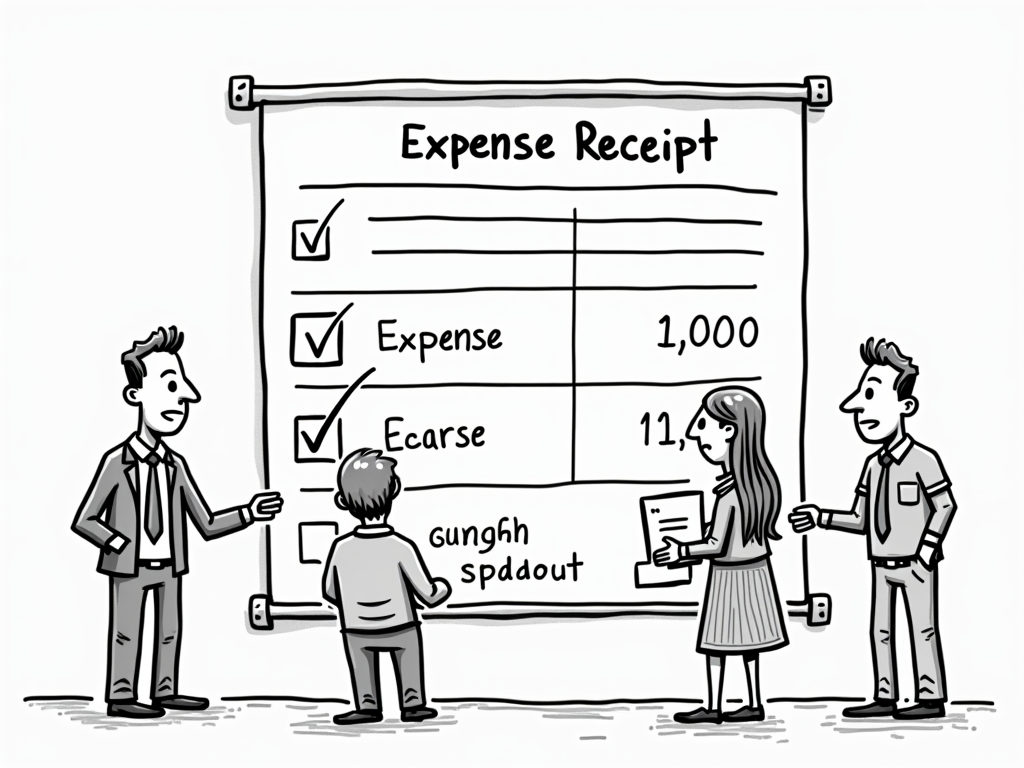
The Digital Economy in Europe: Opportunities for Small Businesses
Reading time: 12 minutes
Table of Contents
- The Digital Transformation Wave
- Unlocking Market Opportunities
- Essential Digital Tools and Platforms
- Real Success Stories
- Overcoming Digital Barriers
- Your Digital Strategy Blueprint
- Frequently Asked Questions
The Digital Transformation Wave
Ever wondered why some small businesses thrive in Europe’s digital landscape while others struggle to keep up? You’re witnessing the most significant economic shift since the industrial revolution. The European digital economy now represents 8.2% of GDP, creating unprecedented opportunities for agile small businesses.
Here’s the straight talk: Digital transformation isn’t just about having a website anymore—it’s about reimagining how you connect with customers, streamline operations, and scale your business across European markets.
Current Digital Landscape Statistics
European Digital Economy Growth (2024)
According to the European Commission’s Digital Economy and Society Index, small businesses leveraging digital technologies experience 23% faster revenue growth compared to their traditional counterparts.
Why Small Businesses Have the Advantage
Large corporations might have bigger budgets, but small businesses possess something invaluable: agility. You can pivot quickly, implement new technologies faster, and create personalized customer experiences that corporate giants struggle to match.
Quick Scenario: Imagine you’re running a local bakery in Amsterdam. Digital tools can help you accept online orders, manage inventory, reach customers through social media, and even predict demand patterns. That’s not just modernization—that’s competitive advantage.
Unlocking Market Opportunities
The European digital single market presents a €4 trillion opportunity, but where exactly should small businesses focus their efforts? Let’s break down the most promising sectors:
High-Growth Digital Sectors
| Sector | Growth Rate | Market Size (€B) | SME Penetration |
|---|---|---|---|
| E-commerce | 13.2% | 757 | 34% |
| Digital Services | 9.8% | 432 | 41% |
| Fintech | 16.7% | 178 | 28% |
| SaaS Solutions | 12.4% | 89 | 52% |
Cross-Border E-commerce: Your Gateway to Europe
Here’s what many small business owners don’t realize: 67% of European consumers are willing to buy from small businesses in other EU countries, but only 12% of small businesses sell cross-border. That’s a massive untapped opportunity.
Pro Tip: Start with neighboring countries that share similar languages or cultural preferences. A Italian artisan jewelry maker can easily expand to France and Spain before tackling the Nordic markets.
Essential Digital Tools and Platforms
Navigating the digital tools landscape can feel overwhelming. Let’s cut through the noise and focus on the platforms that deliver real ROI for European small businesses.
The Digital Toolkit Essentials
E-commerce Platforms:
- Shopify: Perfect for beginners, with built-in European payment gateways
- WooCommerce: Flexible for businesses needing customization
- Magento: Scalable for growing businesses planning multi-country expansion
Payment Solutions:
- Stripe: Supports 30+ European payment methods
- PayPal: Trusted by 89% of European online shoppers
- Klarna: Buy-now-pay-later option popular in Northern Europe
Marketing Automation That Works
European consumers receive 45% fewer marketing emails than their US counterparts, making email marketing particularly effective. Tools like Mailchimp or ConvertKit can help you build relationships without appearing pushy.
Real Example: A small German software company increased their customer retention by 34% using automated email sequences that provided value-first content in customers’ native languages.
Real Success Stories
Case Study 1: From Local to Continental
Business: Artisan Pottery Studio (Netherlands)
Challenge: Limited local market, seasonal demand fluctuations
Digital Solution: Instagram marketing + Etsy shop + email newsletter
Results achieved in 18 months:
- Revenue increased from €28,000 to €147,000
- Customer base expanded to 12 European countries
- 40% of sales now come from repeat customers
Key Strategy: They focused on storytelling—sharing the creation process through Instagram Stories and building emotional connections with customers across Europe.
Case Study 2: Service Business Goes Digital
Business: Freelance Graphic Design (Spain)
Challenge: Competing with large agencies, irregular income
Digital Solution: Personal website + LinkedIn strategy + project management tools
By positioning herself as a specialist in sustainable brand design and leveraging LinkedIn’s European business network, Maria increased her average project value by 156% and now works with clients from London to Warsaw.
Overcoming Digital Barriers
Let’s address the elephant in the room: digital transformation isn’t always smooth sailing. Here are the three most common challenges European small businesses face, and practical solutions.
Challenge 1: GDPR Compliance Complexity
The Problem: 73% of small businesses worry about GDPR violations when collecting customer data.
Practical Solution:
- Use GDPR-compliant tools like ConvertKit or Mailchimp (they handle most compliance automatically)
- Implement a simple privacy policy generator like Termly
- Set up cookie consent banners using tools like Civic Cookie Control
Challenge 2: Multi-Language Customer Support
The Problem: Providing customer service in multiple European languages without breaking the budget.
Smart Approach:
- Start with English + your native language + one major market language
- Use AI-powered translation tools like DeepL for initial communication
- Partner with local freelancers for customer service in key markets
Challenge 3: Digital Skills Gap
The Reality: You don’t need to become a tech expert overnight. Focus on learning one digital skill at a time.
Monthly Learning Plan:
- Month 1: Master your chosen e-commerce platform
- Month 2: Learn basic SEO for your target markets
- Month 3: Understand social media advertising
- Month 4: Implement email marketing automation
Your Digital Strategy Blueprint
Ready to transform your small business into a European digital success story? Here’s your practical roadmap that turns complexity into competitive advantage.
Phase 1: Foundation Building (Weeks 1-4)
Week 1-2: Digital Presence Setup
- Establish your primary online presence (website or e-commerce platform)
- Set up business profiles on Google My Business and relevant social platforms
- Implement basic analytics tracking (Google Analytics, Facebook Pixel)
Week 3-4: Payment and Legal Framework
- Configure payment systems for your target European markets
- Ensure GDPR compliance with privacy policies and cookie consent
- Set up basic customer service workflows
Phase 2: Market Expansion (Weeks 5-12)
Target Market Selection: Instead of trying to conquer all of Europe, start with 2-3 countries that share similar characteristics with your home market. A successful approach: Home country + 1 neighboring country + 1 major market (Germany, France, or UK).
Content Localization Strategy:
- Translate key product descriptions and website pages
- Adapt pricing for local markets (consider purchasing power)
- Customize marketing messages for cultural preferences
Phase 3: Growth Optimization (Weeks 13-24)
Data-Driven Decisions: By this point, you’ll have enough data to make informed decisions. Focus on:
- Doubling down on your highest-performing markets
- Optimizing conversion rates based on user behavior
- Implementing advanced marketing automation
- Building strategic partnerships with complementary European businesses
Scaling Tip: The most successful small businesses don’t try to do everything—they excel at a few key activities. Focus your energy on the digital channels that bring the highest ROI for your specific business model.
Frequently Asked Questions
How much should a small business invest in digital transformation initially?
Start with a modest budget of €500-2,000 for essential tools and platforms. Focus on ROI-generating activities first: a professional website, basic e-commerce functionality, and one paid advertising channel. You can reinvest profits into more sophisticated tools as your digital revenue grows. Remember, many successful European small businesses started their digital journey with just a social media presence and gradually expanded their digital footprint.
Which European markets are easiest for small businesses to enter digitally?
The Nordic countries (Denmark, Sweden, Norway) and the Netherlands offer the best combination of high digital adoption, English proficiency, and purchasing power. Germany and France represent larger opportunities but require more localization effort. Start with markets where you can communicate effectively and gradually expand to larger, more complex markets as you gain experience and resources.
How can small businesses compete with Amazon and large e-commerce platforms?
Don’t compete on price or logistics—compete on personalization, expertise, and unique value propositions. Focus on niche markets, exceptional customer service, and building direct relationships with customers. Many successful small businesses actually use Amazon as one sales channel while building their own branded e-commerce presence for higher-margin direct sales. The key is to never rely solely on third-party platforms for your digital strategy.
Charting Your Digital Future in Europe
The European digital economy isn’t waiting for anyone. While large corporations navigate bureaucracy and complex decision-making processes, you have the agility to move quickly and capture market opportunities that others miss.
Your immediate next steps:
- This week: Choose your first target market beyond your home country
- Next month: Implement one digital tool that directly impacts revenue
- Quarter 2: Launch your first cross-border marketing campaign
- Year 1: Establish a sustainable digital presence in 2-3 European markets
The small businesses that will thrive in Europe’s digital future aren’t necessarily the most tech-savvy—they’re the ones that start now, learn continuously, and adapt quickly. Every day you delay is a day your competitors gain ground in the digital marketplace.
What’s the one digital opportunity in your industry that you’re uniquely positioned to capture? The European digital economy is vast enough for specialized players to build sustainable, profitable businesses that serve customers across borders and time zones.
Your European digital success story starts with a single decision: to begin today, rather than waiting for perfect conditions that may never come.


